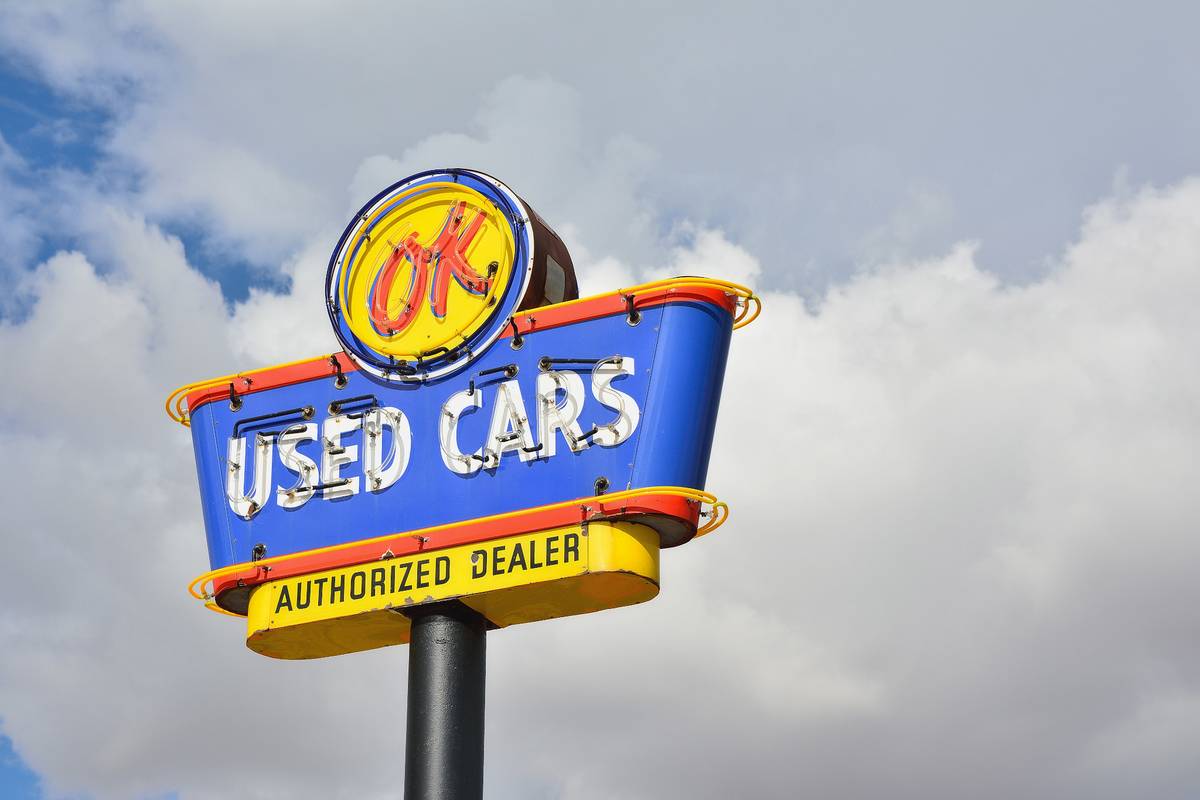Used-Car Prices Spiked 30% in Just One Year


Used-car shoppers are in for some sticker shock based on the most recent Consumer Price Index report from the U.S. Department of Labor. The index shows the highest overall annual inflation rate in 13 years, with used-car prices climbing a staggering 29.7% over the past 12 months. Used-car listings on Cars.com tell a similar tale, with prices spiking 14% from January through April of this year. Is used-car inflation really as bad as it sounds? We take a deeper dive below.
Related: Now Is a Good Time to Sell Your Extra Used Car; Here’s Why
Used-Car Vs. Overall Inflation
The consumer price index shows an overall inflation increase of 5% in May over the past 12 months. Used-car and truck prices, in comparison, increased nearly 30% in the same time frame, and they also rose 7.3% month over month. May’s numbers are a significant jump even compared to the 12-month increase of 21% in April. Used vehicles comprise one-third of the entire inflation increase and are a clear outlier over items like apparel, which rose in tandem with the overall inflation rate.
Inflation Percent Change from May 2020 to May 2021
Total Inflation: 5% Increase
- Food: 2.2% increase
- New vehicles: 3.3% increase
- Apparel: 5.6% increase
- Car insurance: 16.9% increase
- Airfare: 24.1% increase
- Used cars and trucks: 29.7% increase
New Cars Aren’t Inflation-Proof
Buying a new vehicle isn’t an easy fix for the budget-conscious car shopper in the current environment. Along with inventory shortages, new-car buyers are also seeing larger price tags. As the list above shows, the new-vehicle index rose 3.3% over the past 12 months, which BLS says is the largest such increase in nearly a decade.
The Pandemic’s Effect on Used-Car Prices
To put the staggering statistics into perspective, used-car prices had been rising steadily even before the pandemic hit. According to Manheim’s used-vehicle index, which tracks wholesale prices that closely follow retail trends, May used-car prices have been on the upswing from 2015 to 2019 with a slight year-over-year drop-off in May 2020.
That stands in contrast with periods before and after: The index shows a 5% year-over-year increase in May 2018, followed by a 4% increase in May 2019. May 2021, meanwhile, saw a whopping 48% increase in used-car pricing from a year prior, and a record high for the index.
At the start of the pandemic, dealerships in most areas were forced to shut their doors and consumer demand tanked, which explains a 2% decrease in used-vehicle prices for May of 2020 versus May 2019. But the used-car landscape looks much different today, with high demand for vehicles of all kinds coupled with a global microchip shortage crimping supply on the new side. The events of the previous year have culminated in vehicle production delays that, in turn, caused shortages and price spikes on new and used vehicles.
Used-Car Price Inflation by Vehicle Type
The price jump isn’t equal across all vehicles. Manheim data shows pickup truck prices jumped 70% in May year over year, while other segments climbed slower than the overall average. That doesn’t mean they rose slowly, mind you: SUVs and crossovers rose 43%, while luxury, mid-size and compact cars all increased by 40%.
More From Cars.com:
- How to Sell Your Used Car
- Global Microchip Shortage Makes Now the Time to Shop for Cars
- Buying Guide: How to Buy a Car
- How to Sell Your Car to Dealers and Get the Most Money
- Should I Buy a New or Used Car?
Where’s the Silver Lining?
The 30% used-car price increase in May paints a gloomy picture for shoppers looking to buy used, but there may be a break in the clouds for those who have a vehicle to trade or sell. Due to the inventory shortage, dealers are likely to offer significantly more for a trade-in depending on the vehicle type and condition. In fact, when we appraised the trade-in value for a 2017 Chrysler Pacifica from our long-term fleet, we found it spiked nearly 30% in just four months.
To make the most of the situation at hand, get multiple offers on your current vehicle to use as leverage when car shopping. It’s also important to keep the out-the-door total (the net cost of the car you’re buying after your trade-in credit, including all taxes and fees) as your primary focus.
Related Video: Driving Smart: Warning Signs on a Used Car
Cars.com’s Editorial department is your source for automotive news and reviews. In line with Cars.com’s long-standing ethics policy, editors and reviewers don’t accept gifts or free trips from automakers. The Editorial department is independent of Cars.com’s advertising, sales and sponsored content departments.

Former News Editor Jane Ulitskaya joined the Cars.com team in 2021, and her areas of focus included researching and reporting on vehicle pricing, inventory and auto finance trends.
Featured stories




